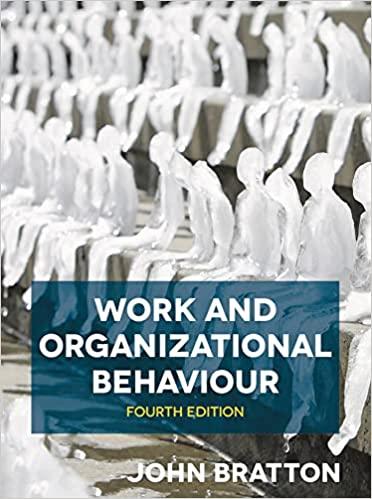2. To what other sectors might these findings be relevant? The single biggest problem in communication is
Question:
2. To what other sectors might these findings be relevant? ‘The single biggest problem in communication is the illusion that it has taken place’, said George Bernard Shaw. HRD professionals have identified five main barriers to effective communication: lack of clarity, inconsistency, language differences, not enough listening, and non-verbal cues (RTO, 2019). There is wide agreement among those who study organizations that while information may flow downwards, many factors act as barriers to effective communication. Typically, and with justification, managers feel frustrated because they lack knowledge of what is going on among frontline workers, complaining that they do not have a clear picture of work processes and the factors that influence productivity and quality.
As a result, their ability to manage is compromised.
Pressure to obtain accurate information about the processes that produce (or fail to produce) the desired outputs has become especially intense in public, state-supported institutions such as schools, where calls for accountability and cost-effectiveness have led to regular inspections and the introduction of ‘performance indicators’. In England it has been argued that performance indicators, often in the form of standardized test results, will help managers to identify underperforming schools, teachers and students. Those who support this position believe that large amounts of performance data will give administrators the tools they need to better manage the education system. Many also believe that the benefits of this innovation in communication will be widespread: additional resources will be allocated to ensure that everyone will be able to meet specified performance standards
Step by Step Answer:







